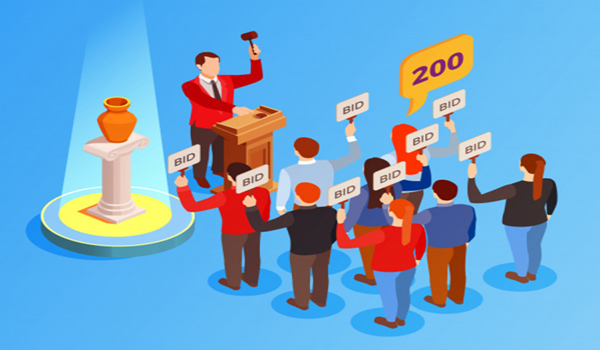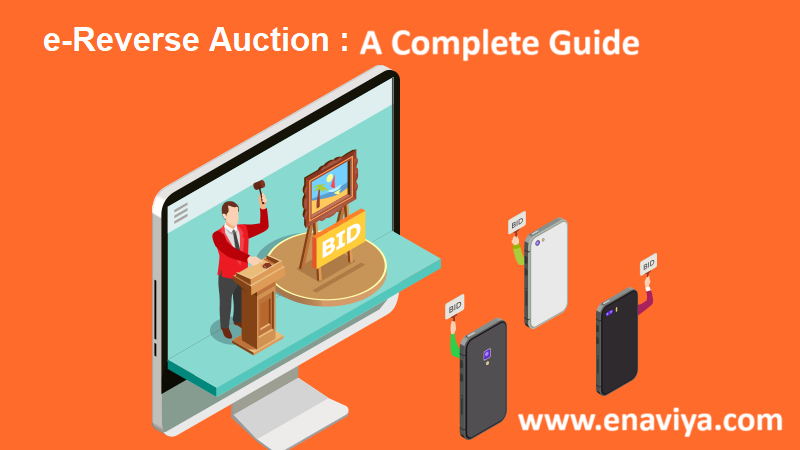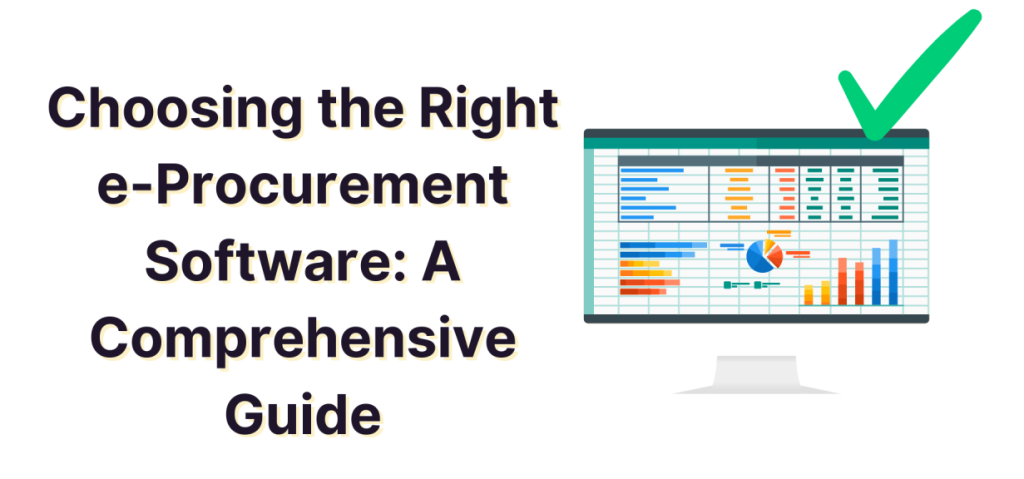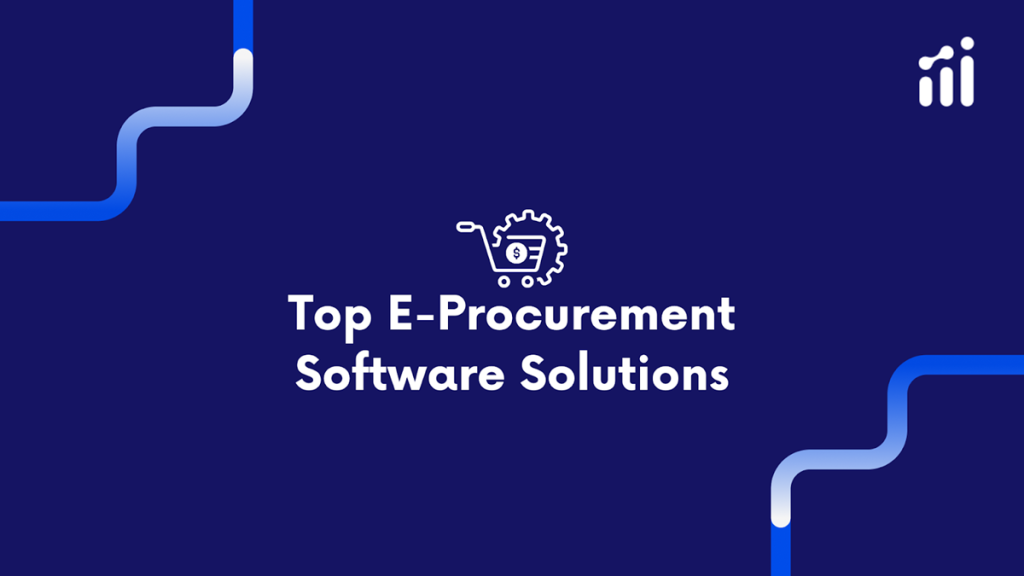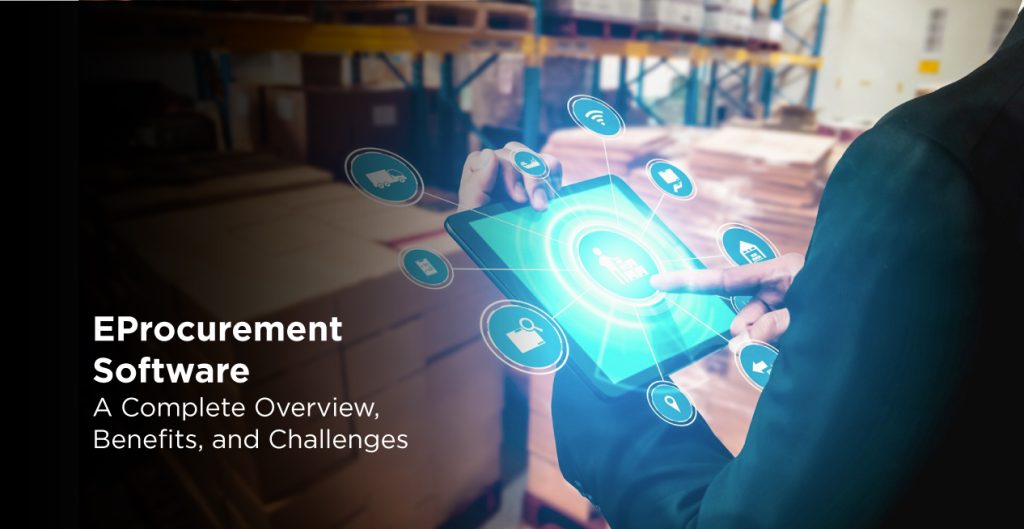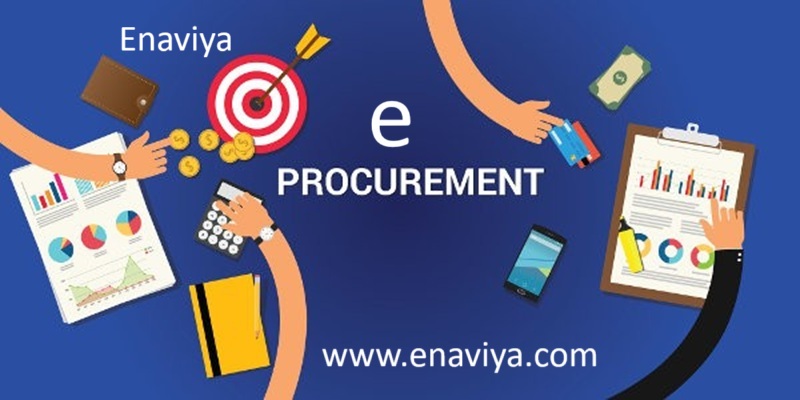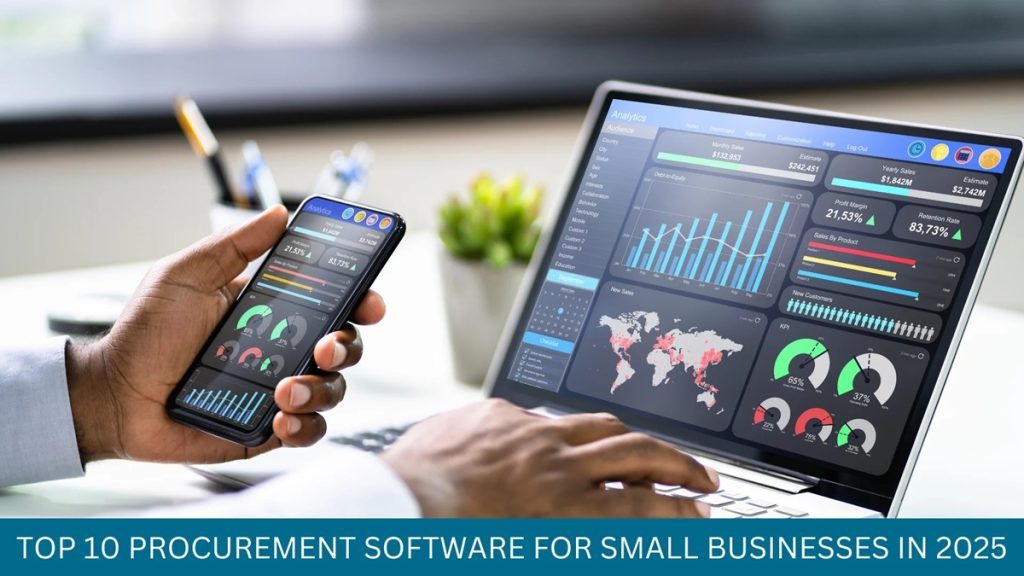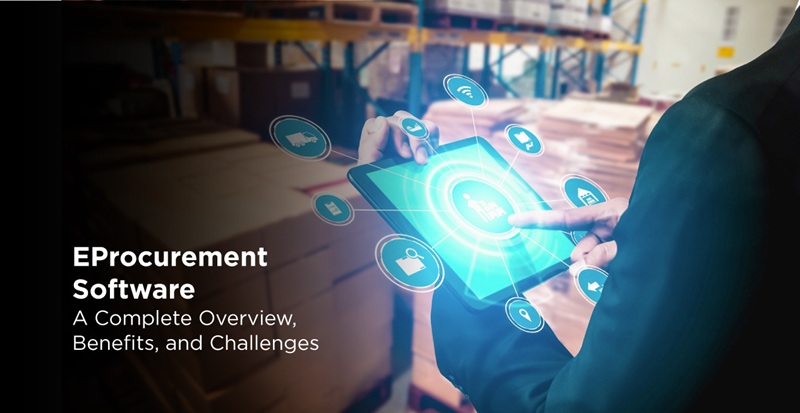
eProcurement software is a digital platform that automates and manages the purchasing process for organisations. It replaces traditional, paper-based procurement with streamlined, technology-driven workflows. It enables businesses to source suppliers, request quotes, compare offers, approve purchases, and manage payments.
eProcurement solutions help businesses qualify suppliers, shorten contract cycle times, and manage compliance. They also store and back up data on password-protected platforms that are more secure than analog procurement records.
Table of Contents
Key Objectives of eProcurement
- Reduce procurement costs through better negotiation and competitive bidding.
- Improve efficiency by automating repetitive and manual tasks.
- Enhance transparency with clear, trackable purchasing data.
- Ensure compliance with company policies and legal regulations.
- Strengthen supplier relationships with streamlined communication and timely payments.
Benefits of eProcurement Software
Cost Savings
- Better supplier negotiation.
- Reduced maverick spending.
- Volume-based discounts.
Increased Efficiency
- Shorter procurement cycles.
- Less paperwork and manual data entry.
- Instant data sharing between departments.
Improved Compliance
- Policy-based purchase approvals.
- Transparent audit trails.
- Reduced fraud and errors.
Better Decision-Making
- Real-time spend analytics.
- Supplier performance insights.
- Accurate forecasting.
Key Features of eProcurement Software
A robust eProcurement system includes the following features:
1. Supplier Management
- Maintain a centralized supplier database.
- Pre-qualification and onboarding workflows.
- Performance tracking and ratings.
2. E-Sourcing
- Request for Proposal (RFP), Request for Quotation (RFQ), and Request for Information (RFI) creation.
- Automated distribution to suppliers.
- Online bid submission and comparison.
3. Purchase Requisition & Approval
- Internal request creation by employees or departments.
- Automated routing to managers for approval.
- Budget checks before purchase orders.
4. Purchase Order (PO) Management
- Automatic PO generation from approved requisitions.
- Digital PO delivery to suppliers.
- Real-time tracking of PO status.
5. Catalog Management
- Pre-negotiated product/service catalogs.
- Easy search, filter, and selection options.
- Integration with supplier catalogs for up-to-date pricing.
6. Contract Management
- Store and manage supplier contracts in a central repository.
- Automated alerts for contract renewals or expirations.
- Compliance tracking against agreed terms.
7. Invoice & Payment Processing
- Electronic invoice submission.
- Three-way matching (invoice, PO, delivery receipt).
- Automated payment scheduling.
8. Reporting & Analytics
- Spend analysis by category, supplier, or department.
- KPI dashboards for procurement performance.
- Compliance and audit reports.
Types of eProcurement Solutions
Different businesses require different eProcurement models:
A. Cloud-Based (SaaS) eProcurement
- Hosted on vendor’s servers
- Subscription-based pricing
- Easy scalability
B. On-Premise eProcurement
- Installed on company servers
- Higher control and security
- Requires IT maintenance
C. Hybrid eProcurement
- Combines cloud and on-premise solutions
- Flexible for large enterprises
D. Industry-Specific eProcurement
- Tailored for healthcare, manufacturing, retail, etc.
- Compliance with industry regulations
Challenges in Implementing eProcurement
A. Resistance to Change
- Employees may resist digital adoption
- Solution: Training and change management
B. Integration with Legacy Systems
- Compatibility issues with old ERP/accounting software
- Solution: API-based integration or middleware
C. Data Security Risks
- Cyber threats in digital transactions
- Solution: Encryption, multi-factor authentication (MFA)
D. High Initial Costs
- Software licenses, implementation, and training
- Solution: Cloud-based SaaS models reduce upfront costs
How to Choose the Right eProcurement Software?
A. Identify Business Needs
- Small business vs. enterprise requirements
- Industry-specific compliance needs
B. Evaluate Key Features
- Must-have vs. nice-to-have features
- User-friendly interface
C. Consider Integration Capabilities
- ERP, accounting, inventory systems
- API availability
D. Check Vendor Reputation & Support
- Customer reviews and case studies
- 24/7 support and training
E. Compare Pricing Models
- Subscription vs. one-time license
- Hidden costs (implementation, upgrades)
F. Request a Demo or Free Trial
- Test usability and functionality
Best Practices for a Successful eProcurement Implementation
- Get executive buy-in from leadership.
- Involve end-users in software selection.
- Provide proper training and onboarding.
- Start with a pilot program before full rollout.
- Set measurable KPIs (cost savings, cycle time reduction).
- Continuously monitor and optimize processes.
Integration Capabilities
Step 1: Planning & Requirement Analysis
- Define procurement workflows
- Set KPIs (e.g., cost savings, cycle time reduction)
Step 2: Vendor Selection & Contract Finalization
- Negotiate pricing and SLAs
Step 3: System Configuration & Customization
- Set up approval workflows, user roles, and catalogs
Step 4: Data Migration & Integration
- Import supplier and product data
- Connect with ERP/accounting software
Step 5: User Training & Testing
- Conduct pilot runs
- Train procurement and finance teams
Step 6: Go-Live & Continuous Improvement
- Monitor performance
- Optimize based on feedback
Integration with Other Business Systems
eProcurement software works best when integrated with:
- ERP Systems (SAP, Oracle, Microsoft Dynamics)
- Accounting Software (QuickBooks, Xero)
- Inventory Management Systems
- Supplier Portals & Marketplaces
Integration Methods:
- APIs (Real-time data sync)
- EDI (Electronic Data Interchange)
- CSV/Excel Imports (For manual updates)
Security and Compliance in eProcurement
a. Data Security Measures
- Encryption (SSL/TLS for data in transit)
- Role-Based Access Control (RBAC)
- Multi-Factor Authentication (MFA)
b. Compliance Standards
- GDPR (Data privacy for EU)
- ISO 27001 (Information security)
- SOX Compliance (Financial regulations)
c. Fraud Prevention
- AI-based anomaly detection
- Audit logs for tracking changes
Future Trends in eProcurement
- AI & Machine Learning (Predictive procurement)
- Blockchain for Secure Transactions
- Voice-Activated Procurement (e.g., Alexa for POs)
- Sustainability & Green Procurement
- Increased Mobile Procurement Adoption
Top eProcurement Software Providers
- EnavPurchase
- Coupa
- SAP Ariba
Conclusion
An eProcurement software system is no longer just a cost-saving tool but it’s a strategic enabler for business growth. By automating procurement workflows, improving transparency, and enabling data-driven decision-making, organizations can achieve operational excellence and stronger supplier partnerships.
